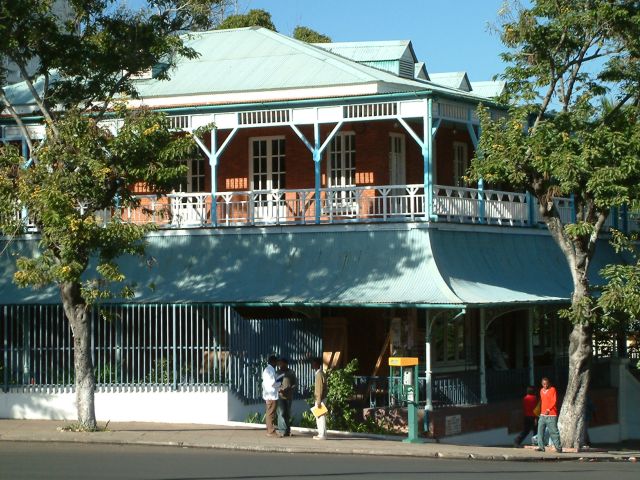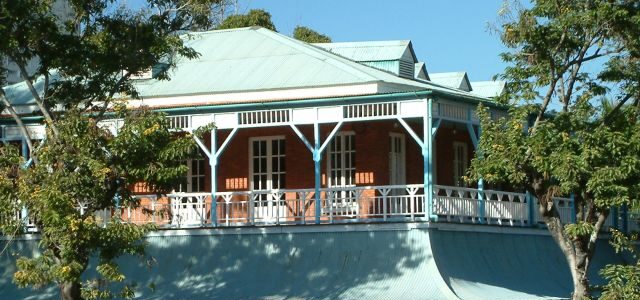
The buildings are beautiful and iconic. They attract the attention of anyone who appreciates them. Gazing upon them is almost a must, as their beauty is both attractive and irresistible. And when we try to learn a little more about them, we discover that they are historic, older than many inhabitants of Mozambique, and therefore, they already deserved the title of National Heritage.
These buildings are the National Library of Mozambique (BNM), the Santo António da Polana Church (also known as the Polana Church), and the Franco-Mozambican Cultural Center (CCFM), in Maputo City.
The government has just further enhanced their status by declaring them National Cultural Heritage at the end of the 20th session of the Council of Ministers. The three buildings are now protected by the State. The decision, according to the authorities, aims to ensure the maintenance of the integrity, authenticity, and associated values of these buildings, as well as to prevent their unauthorized destruction or alteration. The BNM and the Polana Church are now classified as class A cultural heritage sites, while the CCFM is classified as class C.
PLACES OF TOURIST INTEREST

These are historical sites of high tourist interest. On one hand, the National Library of Mozambique, the oldest reading space in the country, was built in 1904 to house the then Treasury Department. It was designed by the architect Mário Veiga and housed the municipal library in 1961. It is located on Avenida 25 de Setembro and is also responsible for the legal deposit system in Mozambique.
On the other hand, the Polana Church is an emblematic building of modernist architectural style, built in 1962. The parish was designed by architect Nuno Craveiro Lopes. Completed in 1962, it stands out for its unitary expression in the circular matrix and its symbolic geometric subdivision.

The CCFM is a cultural space dedicated to artistic creation, the promotion of contemporary Mozambican art, and the meeting of Francophone and Mozambican cultures. It was inaugurated in 1995 over the ruins of the old Hotel Clube built in 1896.
(By MozaVibe)







